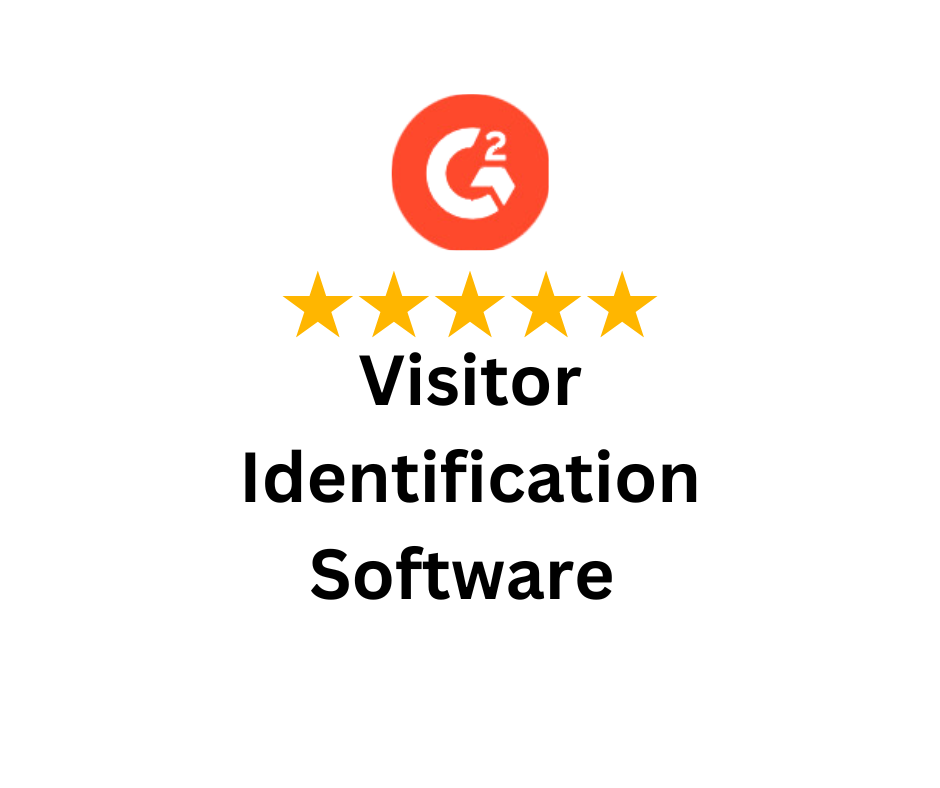In the realm of digital marketing, lead generation sites serve a pivotal role in attracting potential customers and guiding them toward conversion.
However, you may have questions like what the primary conversion for a lead generation site is, or how businesses can optimize their strategies to ensure the highest possible conversion rates.
In this article, we’ll explore what constitutes primary conversions, the factors that influence it, and the strategies that lead generation sites can employ to boost performance.
At the heart of every lead generation site is the conversion goal, the desired action that a website aims to drive users toward. The primary conversion, in this case, refers to the most important action you want your website visitors to take. This could range from filling out a contact form, signing up for a newsletter, downloading an eBook, to making a purchase or scheduling a demo. It’s not always a straightforward transaction. In many cases, especially with high-involvement products or services, it could be a step in a longer sales funnel.
For instance, a visitor might first be asked to subscribe to a mailing list to receive more information, leading to a series of interactions before a final purchase.
Lead generation sites often have varied goals depending on their specific business model, target audience, and sales process. Here are the most common types of primary conversions:
One of the most direct ways to capture leads is through contact forms. Visitors are encouraged to provide personal details such as their name, email address, and phone number. Along with the information, they will share any specific requests they may have. This information is invaluable for businesses looking to engage in follow-up actions, whether it’s through phone calls, email marketing, or personalized offers.
For many businesses, email marketing remains a powerful tool for nurturing leads. A newsletter sign-up is an effective primary conversion that allows businesses to stay in touch with potential clients and provide them with relevant content, offers, or updates over time.
By cultivating a relationship through well-crafted newsletters, businesses can guide users down the conversion funnel toward a final purchase.
Offering downloadable resources like eBooks, white papers, case studies, or industry reports is another strategy, given how digital approach is taking over the market.
These downloadable resources provide visitors with valuable information in exchange for their contact details. By using this method, lead generation sites can attract users who are genuinely interested in learning more, positioning the business as an authority in the field.
For businesses selling software or digital products, product demos or free trials are highly effective primary conversions.
These conversions allow users to experience the product before committing to a purchase. By offering this low-risk option, businesses can convert visitors into engaged leads and increase their chances of turning them into paying customers.
For service-based industries, particularly in sectors like construction, finance, and consulting, quote requests serve as the primary conversion factors.
Visitors are encouraged to provide information about their needs, enabling businesses to offer personalized estimates or proposals. This action often represents a strong intent to purchase, as it indicates that the visitor is considering the service seriously.
For lead generation sites, optimizing primary conversions is essential to maximize ROI. Whether the goal is to generate leads for a business-to-business (B2B) model or attract customers for an eCommerce store, increasing conversion rates can significantly boost revenue without needing to increase traffic.
When visitors leave a site without taking any action, it increases the bounce rate, impacting the site negatively.
Optimized primary conversions increase the likelihood that visitors will engage with the site, reducing the chances of bounces. A lower bounce rate not only improves user experience but also has a positive effect on SEO rankings.
By guiding visitors toward a primary conversion, businesses can keep users engaged on the site for longer periods.
Whether it’s through forms, content downloads, or demo sign-ups, increasing user interaction improves the overall website engagement metrics. These actions provide opportunities for remarketing and nurturing potential customers over time.
Digital marketing strategies, including pay-per-click (PPC) ads, social media marketing, and SEO, are all designed to drive traffic to a site. However, if a site is not optimized for conversion, even high-quality traffic won’t translate into tangible results.
By optimizing primary conversions, businesses can ensure that their marketing efforts are being maximized and yielding a strong return as expected, or even exceeding expectations.
Achieving a high conversion rate requires a combination of user-centric design, compelling offers, and effective marketing strategies.
Here’s how businesses can take to optimize their primary conversions:
The more steps there are between a visitor landing on the site and completing the primary conversion, the more likely they are to drop off.
Simplifying the conversion process is crucial. Remove unnecessary fields from forms, avoid lengthy sign-up processes, and make sure calls to action (CTAs) are easily visible and compelling.

Ad Optimizer Tool For Conversion Tracking
Typically, companies that depend on third-party websites for booking systems, like tour operators, have a hard time finding the source from which leads came to their website and converted. This is because, as the user is redirected away from your website and onto the third party booking platform, Google Ads is unable to follow the conversion.
A reliable tool, such as an Ads Optimizer, to find out where you’re getting the most traffic from, and what leads convert. This tool, in particular, captures the Google Click ID (GCLID) responsible for the conversion despite the conversion being done off the website.
Your call to action (CTA) is the beacon that guides visitors toward taking the desired action. A CTA should be clear, concise, and visually distinct from other elements on the page.
Phrases like “Get Started,” “Claim Your Free Trial,” or “Download Now” are actionable and urge users to take the next step.
To encourage conversions, visitors need to feel confident in the value of your offer. Trust signals such as customer testimonials, case studies, industry certifications, and secure payment icons can reassure users that your business is credible and trustworthy. Trust plays a significant role in lead generation, especially for high-value products and services.
One of the best ways to identify the most effective conversion tactics is through A/B testing. By testing different versions of your landing pages, forms, and CTAs, you can see which variations yield the highest conversion rates. Continuously testing and iterating ensures that your site is always optimized for the best possible user experience.
For instance, using this tool for A/B testing, and figuring out what campaigns worked best for them, a company that sold automobile products noticed an increase in return on ad spend (ROAS) from 170% to 350%!
Including reviews, user ratings, or social media mentions are all social proofs that can influence a visitor’s decision to convert.
Potential customers are more likely to trust your business if they see that others have had a positive experience doing business with you. Highlighting customer success stories or the number of people who have already signed up can create a sense of urgency and encourage conversions.
With the increasing use of mobile devices for internet browsing, it’s essential that your lead generation site is fully optimized for mobile. Ensure that your forms, CTAs, and resources are easy to access and navigate on smartphones and tablets.
A site that’s optimized for mobile conversion will highly likely see improved results, as users are more likely to engage with a site that offers a seamless mobile experience.
Offering incentives such as discounts, free consultations, or exclusive content can significantly improve conversion rates. Use a reliable tool that helps create user-segment-based nudges that work well on selected target audiences, helping with increased conversions.

When visitors feel that they are getting something extra in exchange for their action, they’re more likely to complete the desired task. However, make sure the incentive is valuable and aligned with your customer’s needs.
After optimizing your site, it’s important to measure the effectiveness of your primary conversion. Conversion tracking tools such as Google Analytics, heatmaps, and session recordings provide valuable insights into user behavior.
By analyzing these metrics that are based on real-time data, businesses can continuously refine their conversion strategies and improve the overall performance of their lead generation sites.
Understanding what constitutes a primary conversion in digital marketing and how to optimize it is vital for the success of any lead generation site.
Whether it’s through contact form submissions, product demos, or newsletter sign-ups, ensuring that the conversion path is streamlined, persuasive, and user-friendly can make all the difference in maximizing conversion rates.
By leveraging best practices in conversion rate optimization and continuously analyzing performance, businesses can drive more leads, enhance customer engagement, and ultimately achieve greater success. After all, getting quality leads is the first step towards hoping for increased conversions.
Empowering businesses to optimize their conversion funnels with AI-driven insights and automation. Turn traffic into sales with our advanced attribution platform.

